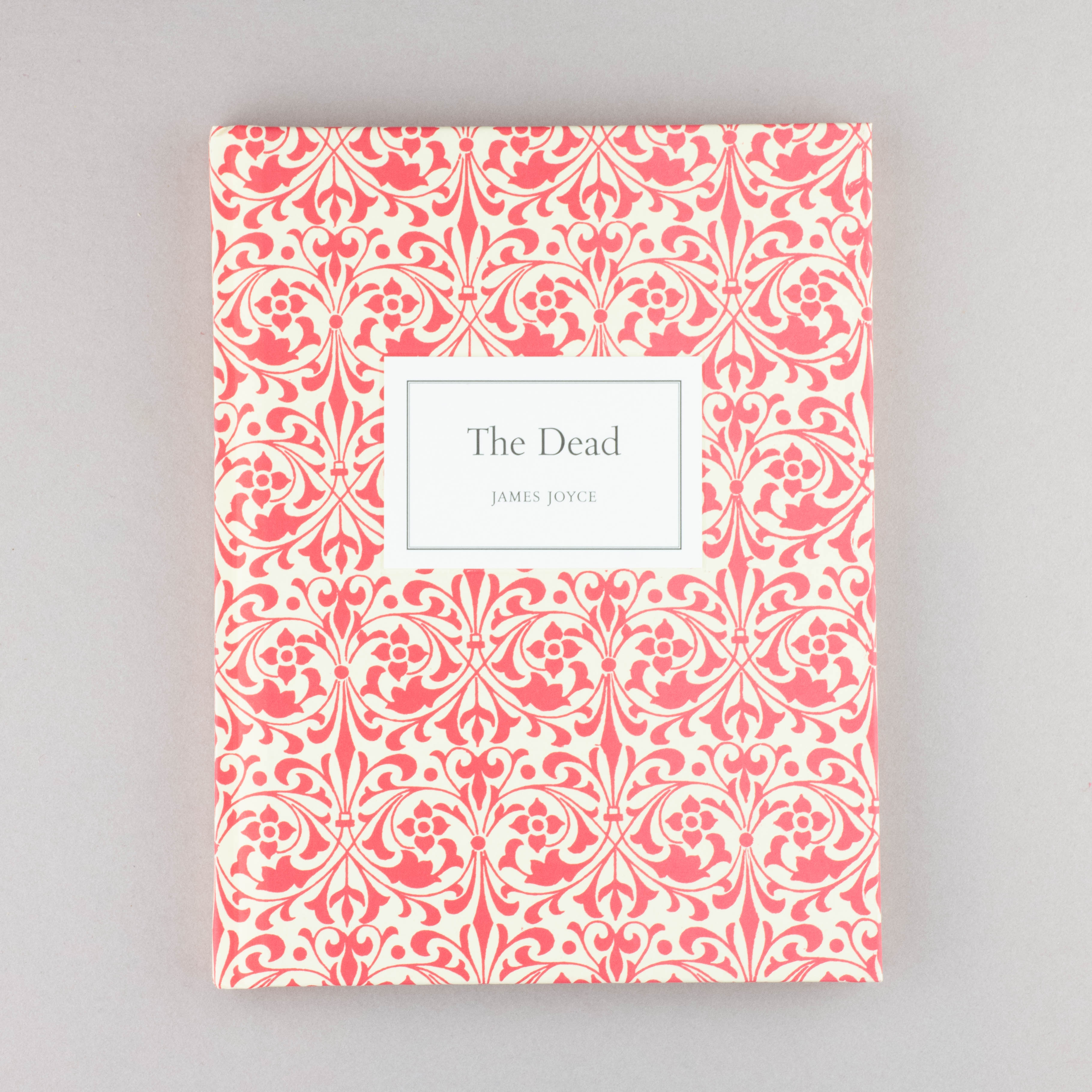
After the dinner, he and his wife return in a cab to a hotel room they have rented for the occasion of the dinner. When the time comes to deliver his comments, he praises his two aunts and their niece highly and celebrates the values of the past. He is also irritated with some of the guests and feels that his talk will be above the heads of his audience. Memories of the past, associations with various guests, and concerns about how he is regarded flit through his mind. The self-absorbed Gabriel, a teacher and literary man, is nervous about delivering some after-dinner remarks he has prepared. Much of this disjointed conversation is reproduced. They greet and converse with the other guests, with whom they are familiar. Their nephew, Gabriel Conroy, the main character from whose perspective most of the action is revealed, arrives at the party with his wife, Gretta. The events themselves are easily summarized: Two elderly unmarried women-Julia and Kate-and their niece Mary Jane are giving their annual epiphany season dinner and dance in their home on Usher’s Island in Dublin at the turn of the century. It has been dramatized and was made into a film by John Huston in 1987. Like all of Joyce’s fiction, it has provoked an enormous amount of critical and interpretive attention.


The story’s real resonance comes from the complex narrative and thematic subtleties incorporated into its underlying structure. Like most of Joyce’s other narratives, not much seems to be happening in terms of surface action. It is generally seen as playing an important transitional role between Joyce’s earlier, shorter work and the longer, more technically involved later work. In addition to the difference in form from the other stories, it also seems to have a different moral perspective or stance toward Ireland.

It is considerably longer than the other stories, and some commentators regard it not as a short story but as a novella. James Joyce began writing “The Dead” in 1907, somewhat later than the other stories in Dubliners, the collection in which it was finally published in 1915.


 0 kommentar(er)
0 kommentar(er)
